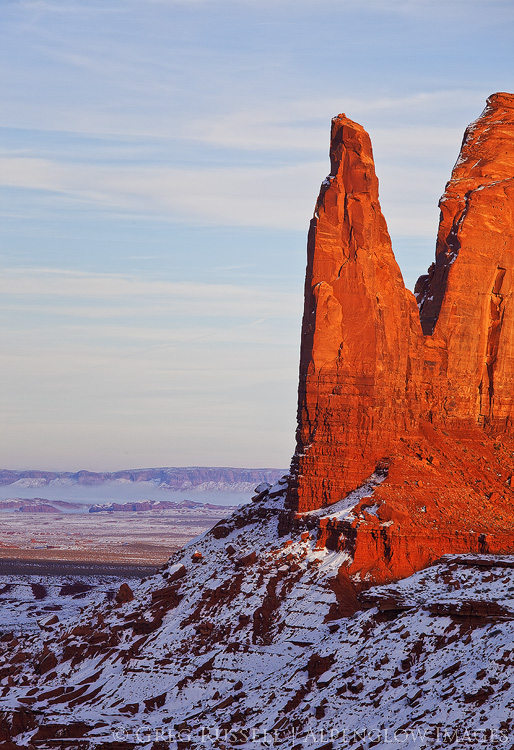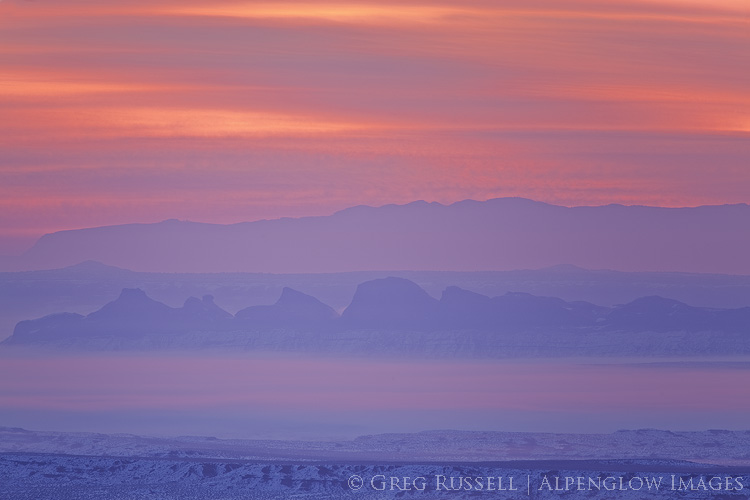Since its first observance in 1970, Earth Day has been a celebration of clean, breathable air. Swimmable, drinkable, fishable water. Land that is fertile and free of litter. An appreciation of our planet–our only planet.
The truth is, this year I’m having a bit of a difficult time getting behind the notion of Earth Day. Of course I would like all the things I listed above, but where are we in our progress towards those things? Our production of carbon dioxide is outpacing Earth’s ability to convert it back to oxygen. As such our climate is changing and oceans are rising. Inuit hunters report their seal meat tastes “funny” in the last couple of years. Hard-fought for protections for our public lands in the United States are being removed in the name of progress.
In need of solace, I’ve turned back to Jack Turner, who for better or worse is always relatable when it all gets to feel a bit too heavy to bear:
Humans become foreigners to the wild, foreigners to an experience that once grounded their most scared beliefs and values. In short, wilderness as relic leads to tourism, and tourism in the wilderness becomes the primary mode of experiencing a diminished wild.
By Turner’s logic, we’re all depauperate of wilderness. Yet, I believe we all hunger for it. That’s why I’m particularly struck, on this Earth Day, at social media’s relationship with wild nature. Instagram and other social media channels have been flooded with photos of people abusing public lands for the sake of “influencing others.” Wilderness, to most, is a curated experience, and the notions of clean water and air, and a sustainable ecosystem, must certainly be the problems of others.
Turner goes on:
From this we conclude that modern man’s knowledge and experience of wild nature is extensive. But it is not. Rather, what we have is extensive experience of a severely diminished wilderness animal or place–a charicature of its former self. Or we have extensive indirect experience of wild nature mediated via photographic images and the written word. But that is not experience of the wild, not gross contact.
Landscape photographers like me–by our very nature–make our living by observing the world around us. It’s a slow, almost meditative relationship with the Earth. We develop a way of seeing that I believe is much needed in the world today. Still, like others, we can fall victim to the seduction of getting “the shot.” While Turner doesn’t offer any solutions (perhaps there aren’t any real solutions), a few of my friends have. A group of landscape photographers that include my friends Matt Payne, Sarah Marino, and Ron Coscorrosa have started the Nature First–the alliance for responsible nature photography.
On their website they lay out many of what they believe to be the most important principles a landscape photographer can adhere to, but the list is not all inclusive. I encourage you to take a look, join, and take a reflective look at your own photography. Does it speak for the good of the Earth?
I’m thankful to be surrounded by like-minded, conscientious photographers. As the 16-year-old climate activist Greta Thunberg has pointed out, our house is literally burning down around us. It’s up to us to be the change, to be vocal, loud, and united against the destruction of the things we love. No photograph is worth that.


